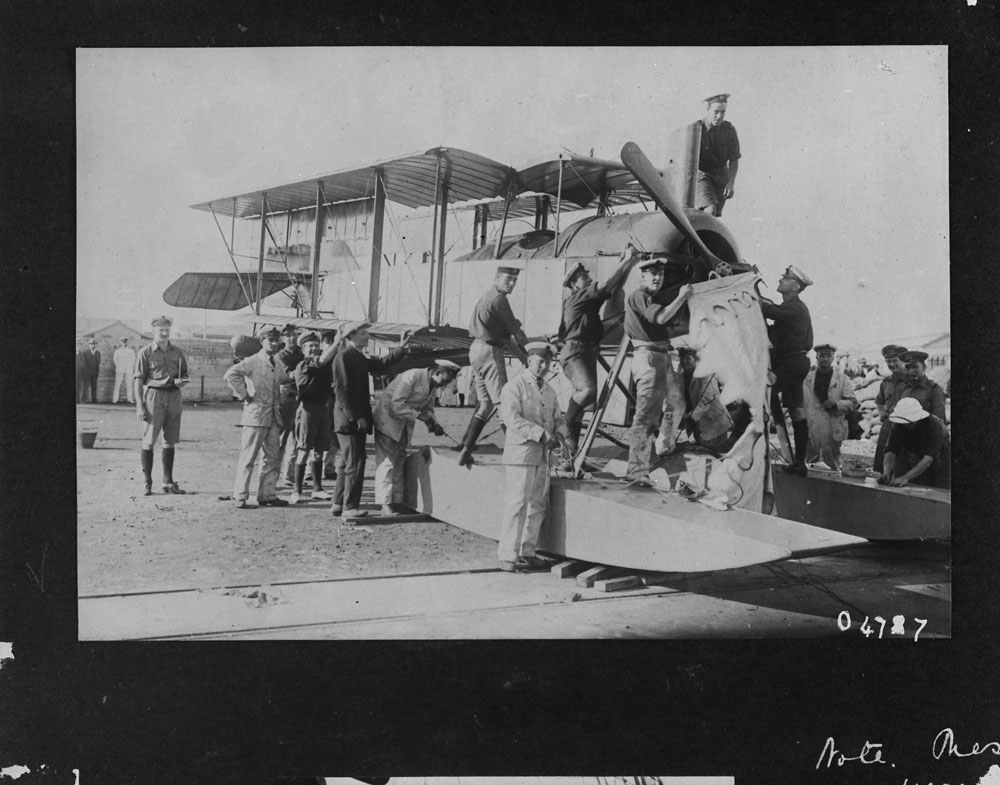Article
Royal Canadian Navy
Canada's navy has defended Canadian interests in home waters and overseas since the early 20th century — despite often struggling for ships and resources under sometimes neglectful governments. The navy was a vital part of Canada's contribution to the Second World War, including the Battle of the Atlantic and the Allied invasions of Italy and Normandy. In the decades since, the navy has served consistently around the globe with the United Nations and NATO, while protecting sovereignty on Canada's three coasts.












